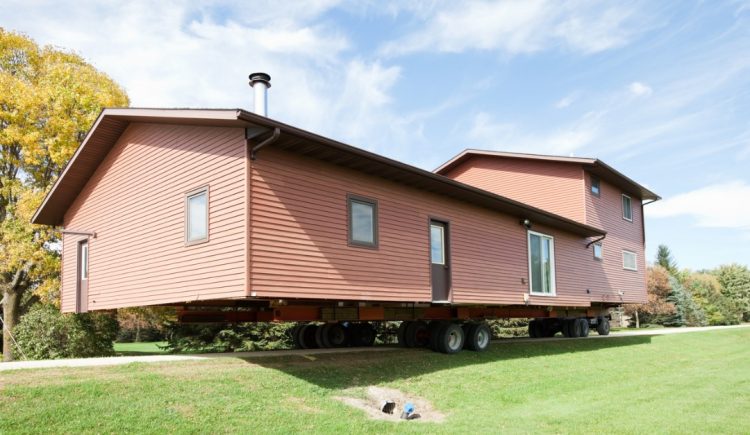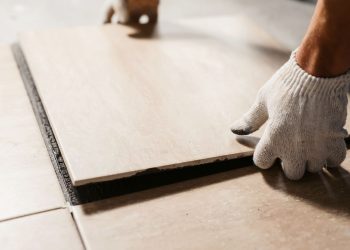Lifting a house can be expensive and time consuming, but it can provide long-term benefits. A house can be lifted temporarily so it can be repaired or upgraded, or a home can be permanently lifted to create more living space.
Reasons to Lift Your House
If your home is too small for your family’s needs, but you don’t want to go through the hassle and expense of moving, adding more space is an obvious solution. Building an addition can give you the extra square footage you want or need, but it can come at a cost. If the addition takes up part of your yard, that will leave less space for your kids to play, for you to entertain guests and for you to install a pool or plant a garden.
A small yard can be inconvenient for your family, and it can also make your house unappealing to buyers if you decide to sell it later on. Raising the house and adding more rooms underneath will allow you to increase your home’s square footage while keeping your yard the same size.
Foundation damage often goes undetected for long periods of time. When a homeowner finally realizes that there’s a problem, it may be so bad that the entire foundation needs to be replaced. If your home has significant foundation damage, lifting the house can enable workers to lay a new foundation.
An earthquake can cause catastrophic damage to a house. Building codes have changed to make new houses less likely to be damaged or destroyed by an earthquake. If your home is old and was constructed in a way that doesn’t meet current standards, workers can raise the house to better secure it to the foundation.
You may want to move your home to a different location. For example, it may be in an area that tends to flood or it may need to be moved to make way for another construction project.
How a House Can Be Lifted
The amount that a house can be raised can vary from a few inches to several feet, depending on the reason for the lifting and the house’s current condition. The method used depends on the reason why the house is being raised.
If the house needs to be moved or construction needs to be done under it, workers can run a series of steel beams beneath the house to support it, lift it a little at a time using hydraulic jacks and support it with cribs, or temporary supports. The foundation can be extended, or a new foundation can be laid. Then the house can be lowered onto the foundation and the cribs and steel beams can be removed.
If the foundation is damaged and needs to be repaired, a process called underpinning can be followed. Push piers or helical piers can be used and the house can be lifted using a hydraulic manifold system.











